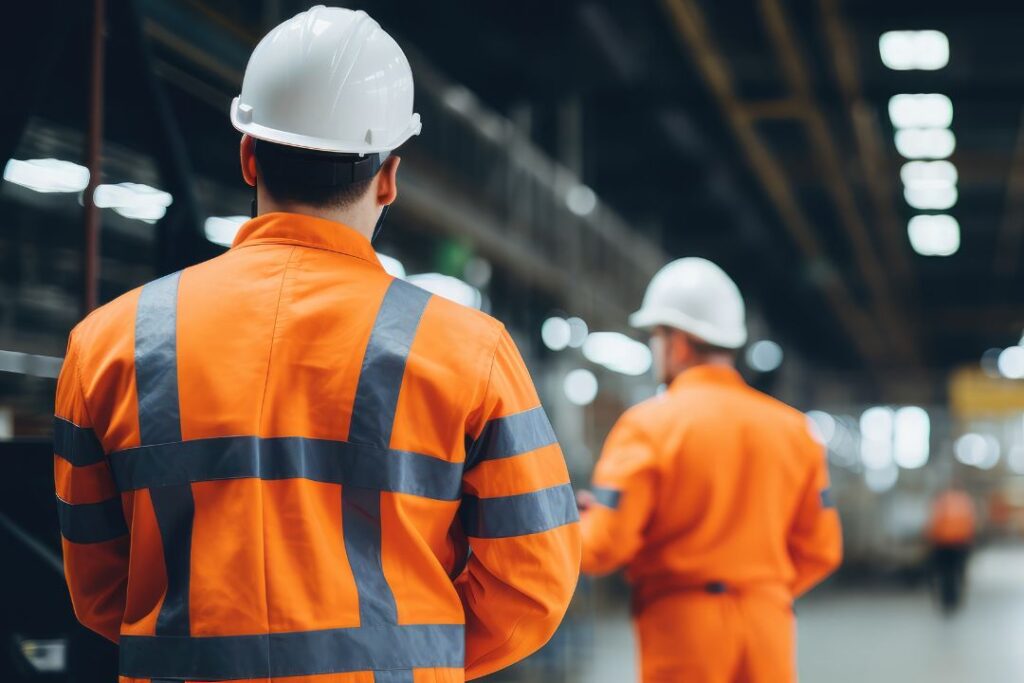
As an employer, the safety and well-being of your employees should be non-negotiable. Unfortunately, accidents and health hazards are still a part of many work environments, underscoring the importance of stringent workplace safety measures. In this comprehensive guide, we’ll explore why employers must do everything possible to protect their workers and what practical steps they can take to ensure the environment is safe for everyone.
The Direct and Indirect Costs of Workplace Incidents
The true cost of an accident or health issue in the workplace goes far beyond the immediate medical expenses or the machinery you’ll need to repair. Tangible and intangible costs alike affect the company’s bottom line and the employee’s overall well-being. Tangible costs include medical bills, compensation for injured workers, repairs to damaged equipment, and any increased insurance premiums that might result from an incident. The intangible costs include the loss of productivity due to absence, stress, and decreased employee morale.
Legislative Imperatives and Industry Standards
It’s not just about the money; regulations and industry standards exist to guide organizations toward safe practices. These standards can vary by occupation and industry, but they all share the same foundational principle: worker well-being. In the United States, the Occupational Safety and Health Administration (OSHA) is the main governing body for workplace safety, setting and enforcing standards while providing training, outreach, education, and assistance. Similarly, worldwide organizations like the International Labour Organization (ILO) set guidelines for member countries to follow.
The Human Element: Health and Morale of Workers
Beyond financial and legal considerations, there’s a critical human element to worker safety—your employees are the lifeblood of the organization. A focus on worker safety keeps employees physically healthy, reducing the number of days lost due to injury or illness. Workplace safety also affects mental health since employees who feel safe are less stressed and more engaged in their duties. A company that prioritizes safety demonstrates to its employees that they are a valued part of the organization, leading to higher retention rates and better employer-employee relations, ultimately benefiting the company’s reputation and performance.
Implementing a Robust Workplace Safety Program
Creating a safe work environment is not a one-size-fits-all proposition. It requires a thoughtful, multifaceted approach tailored to your industry and workplace’s specific risks and challenges. Identifying potential threats through a thorough risk assessment is the first step. However, safety is an evolving field, and workplaces should continually assess and update their programs to adapt to new knowledge or practices.
Investing in Safety Is Investing in Success
Understanding why employers must do everything possible to protect workers isn’t just ethical—it’s economical and strategic. From choosing the best outerwear for work to limiting exposure to dangerous environments, employers have a lot to think about. By prioritizing workplace safety, you’re building a stronger, more successful enterprise that champions its employees, complies with regulations, and sees continued growth and innovation.


